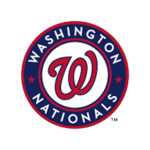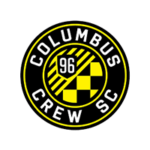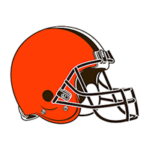Tips and advice on building a baseball field
If you have read our past blogs, you may be asking yourself, “Hey, but what about baseball fields?” We have focused on general sports field construction and maintenance. Now is time to delve into the world of baseball. Luckily the first few steps mimic that of any other sports field construction, with a few specifications that need to be customized for your baseball field.
As discussed before, any sports field project involves an expert and lots of planning to ensure the quality of your field keeps it lasting for years. So, gather your turf manager, field consultant, and/or field contractor and go over these basics before moving on to baseball specifications. Each of the items below are important during the planning process because they will affect the construction process and turf grass life.
Sports field basics when building a baseball field:
Location considerations: Depending on where your baseball field will be located (geographically), you will have to consider certain environmental conditions and make important decisions about items like irrigation, drainage, turf, and soil types you would like to use. Soil tests are an important aspect of building baseball fields. Based on the results from your soil test, you’ll determine if you need to replace or repair the native topsoil and/or rootzone mix with soil structure amendments.
Usage: Will your baseball field be used for other events or other heavy use? What are the age range and/or professional levels of the people playing on that field? Weekly, monthly, and annual field use will factor into what type of turfgrass and soil should be used on your field. It will also alter maintenance needs, which is next.
Maintenance: A proper and thorough maintenance plan is critical to a long-lasting baseball field. This can range from simply fertilizing, watering, and mowing to full-field replacement each year. It is important to examine maintenance needs beforehand so you can fit them into your budget.
Budget: Expert help will ensure your field meets your budget needs. Projecting items like maintenance and usage will help you plan for the future and avoid any deficits from unexpected issues. Once you feel secure with these basic turfgrass field needs and have planned your project, you can move on to the fun part.
Baseball field regulations and specifications:
At this point along with a solid plan, you should have chosen your irrigation and drainage system, along with turfgrass types and soil specifications needed for your field. Then let the construction begin! Don’t be alarmed if you need to amend and/or rework your field’s native soil.
Once you have your field surface well on its way, you can begin to check off design specifications on and off the field. Since you are interested in building a quality baseball field, you will want to remeasure field measurements and verify they are within league regulations. Everything from this point on has specifications that should be followed to ensure it is ready for use.
- Start to install the backstops, fences, scoreboard, flagpole, and foul line marker, as well as building and installing the home plate pin, the pitcher’s mound, and base anchors.
- Mark all grass lines, circles, arcs, and boxes with chalk or lime.
- Build bullpens and warning track.
- Finish with the installation of dugouts, light towers, stands, locker rooms, showers, toilets, storage space, concession stands, and parking lot
In order to build a high-quality baseball field and watch your sports field dreams come to life, we highly recommend you work with an experienced sports turf contractor, like SCG Fields, who can help you with all aspects of baseball field planning, design, and construction.
Have a Question?
































